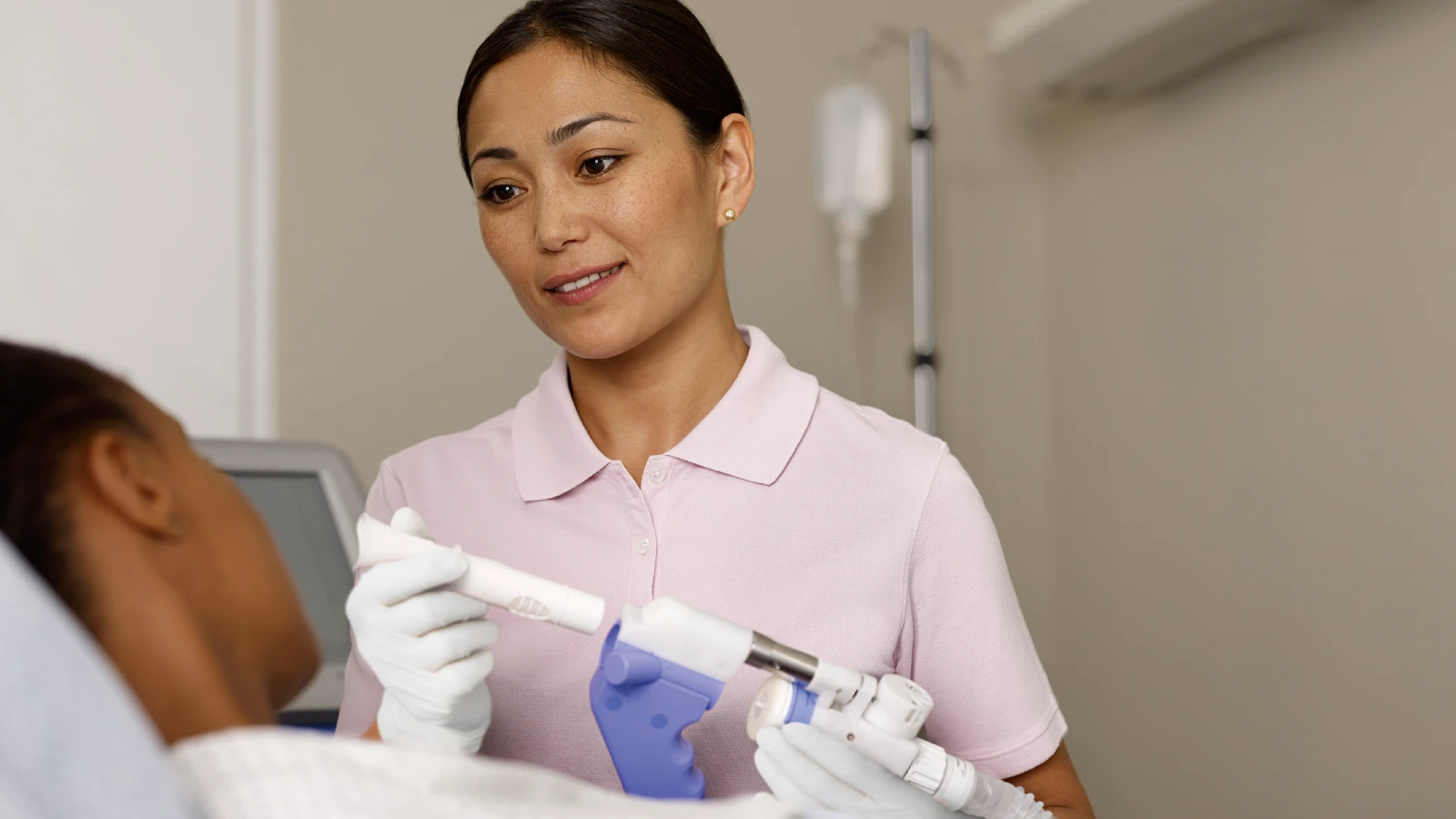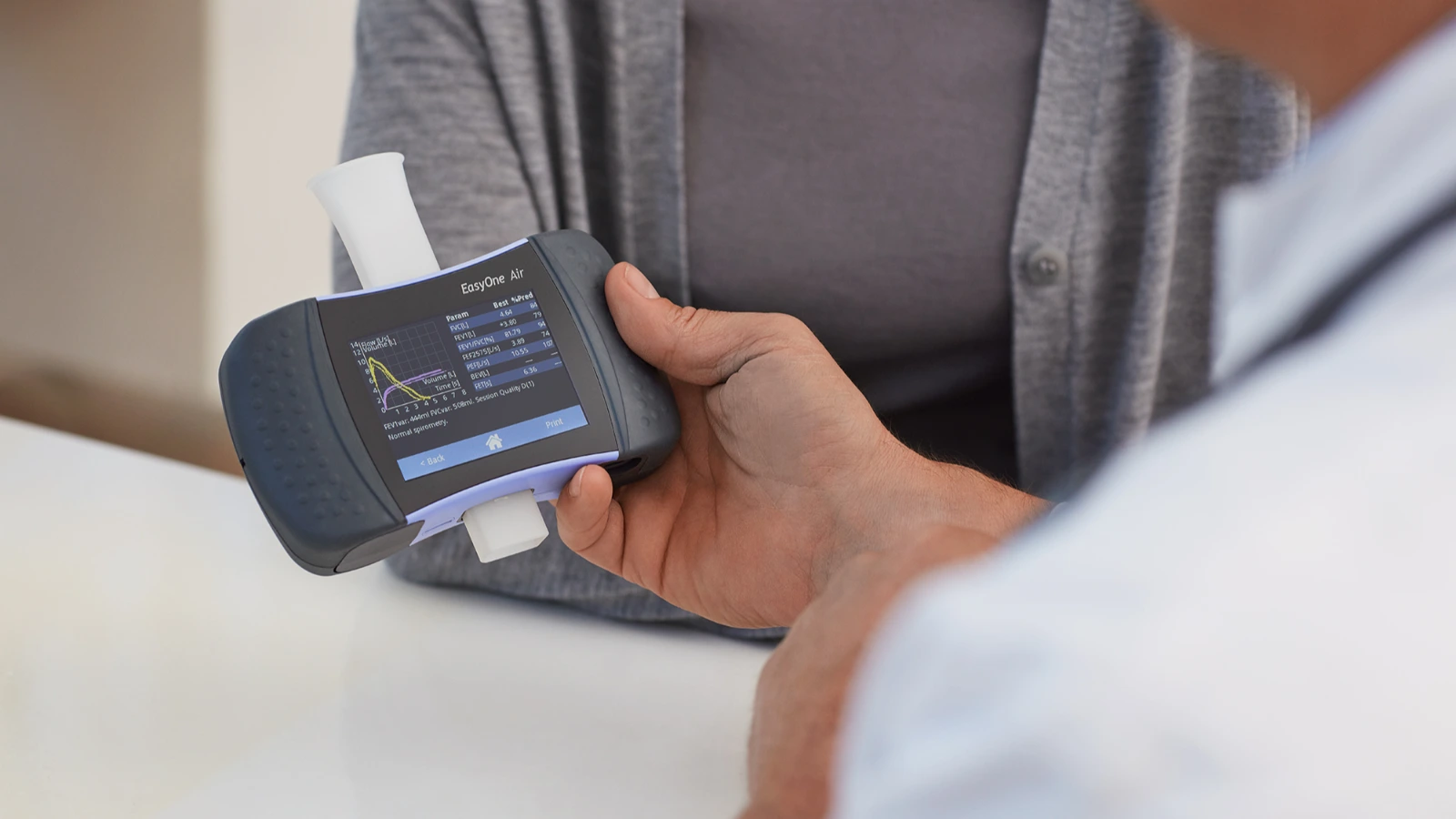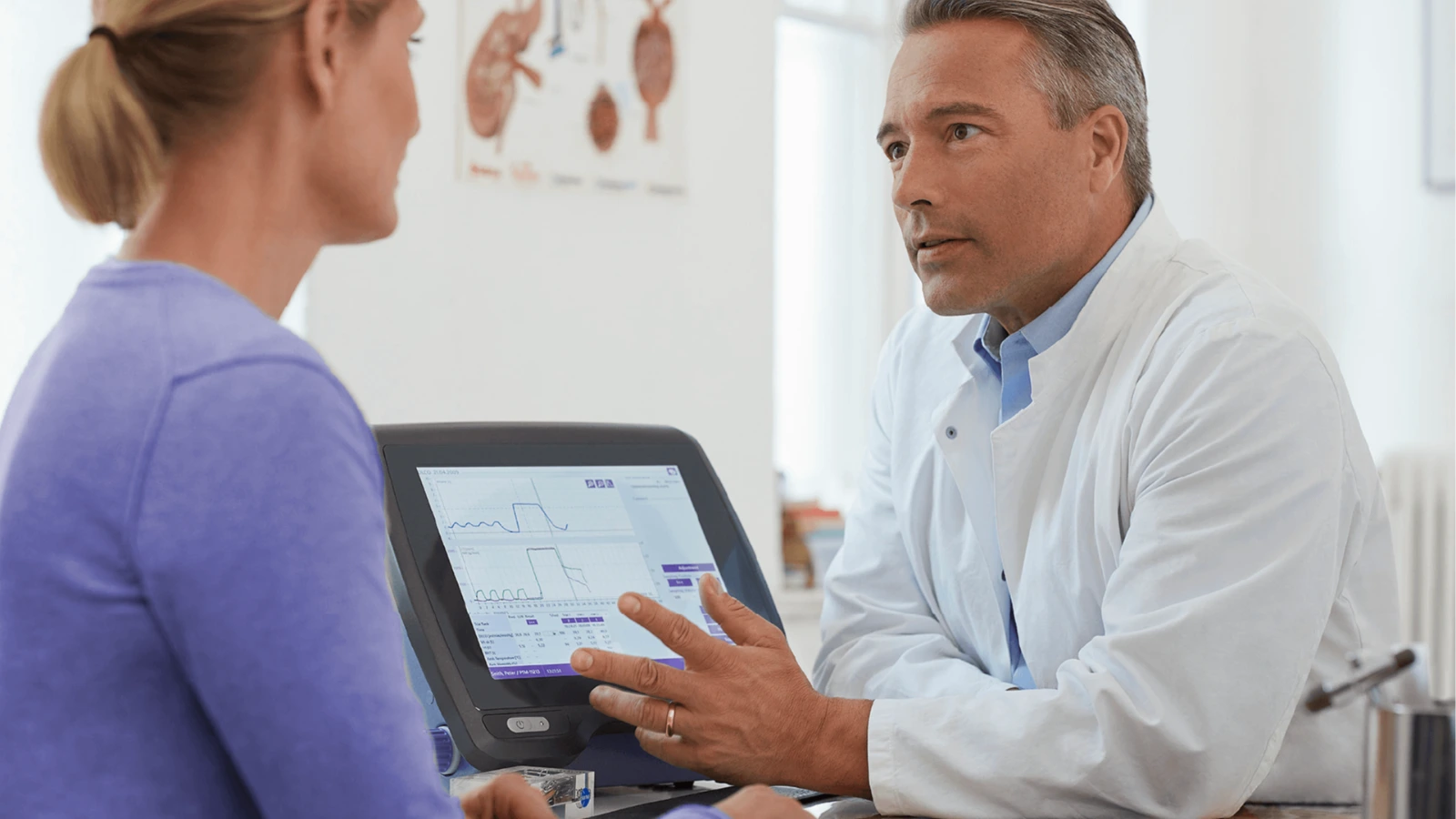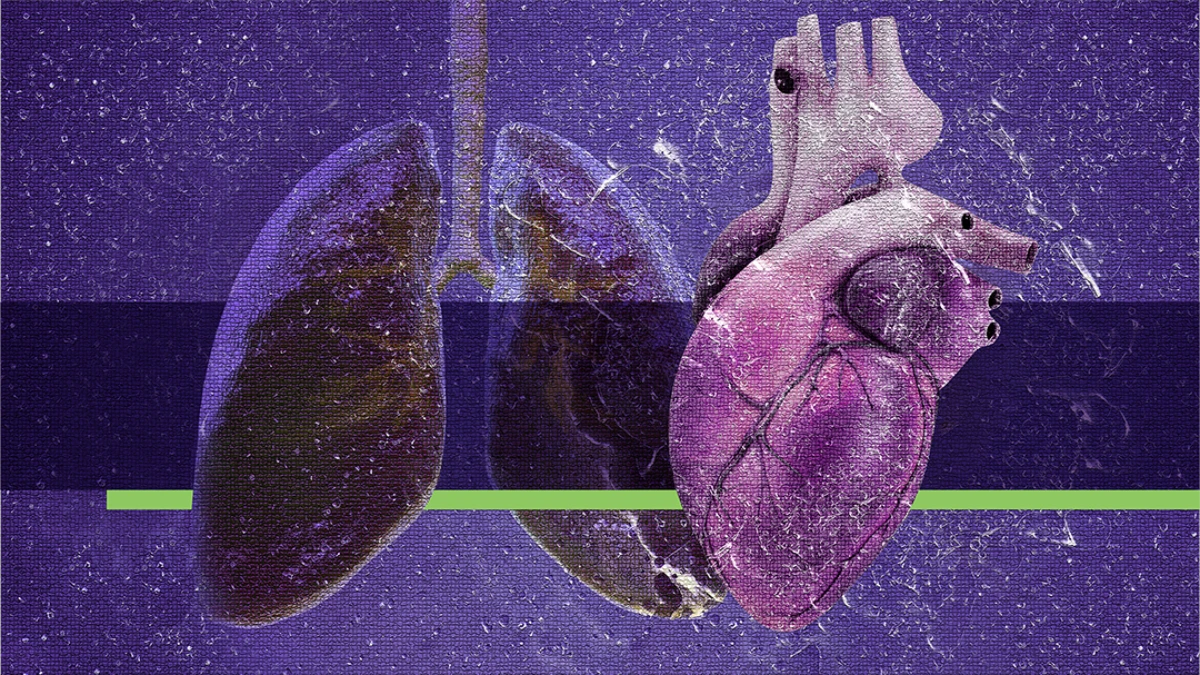Is the body box still the PFT gold standard?
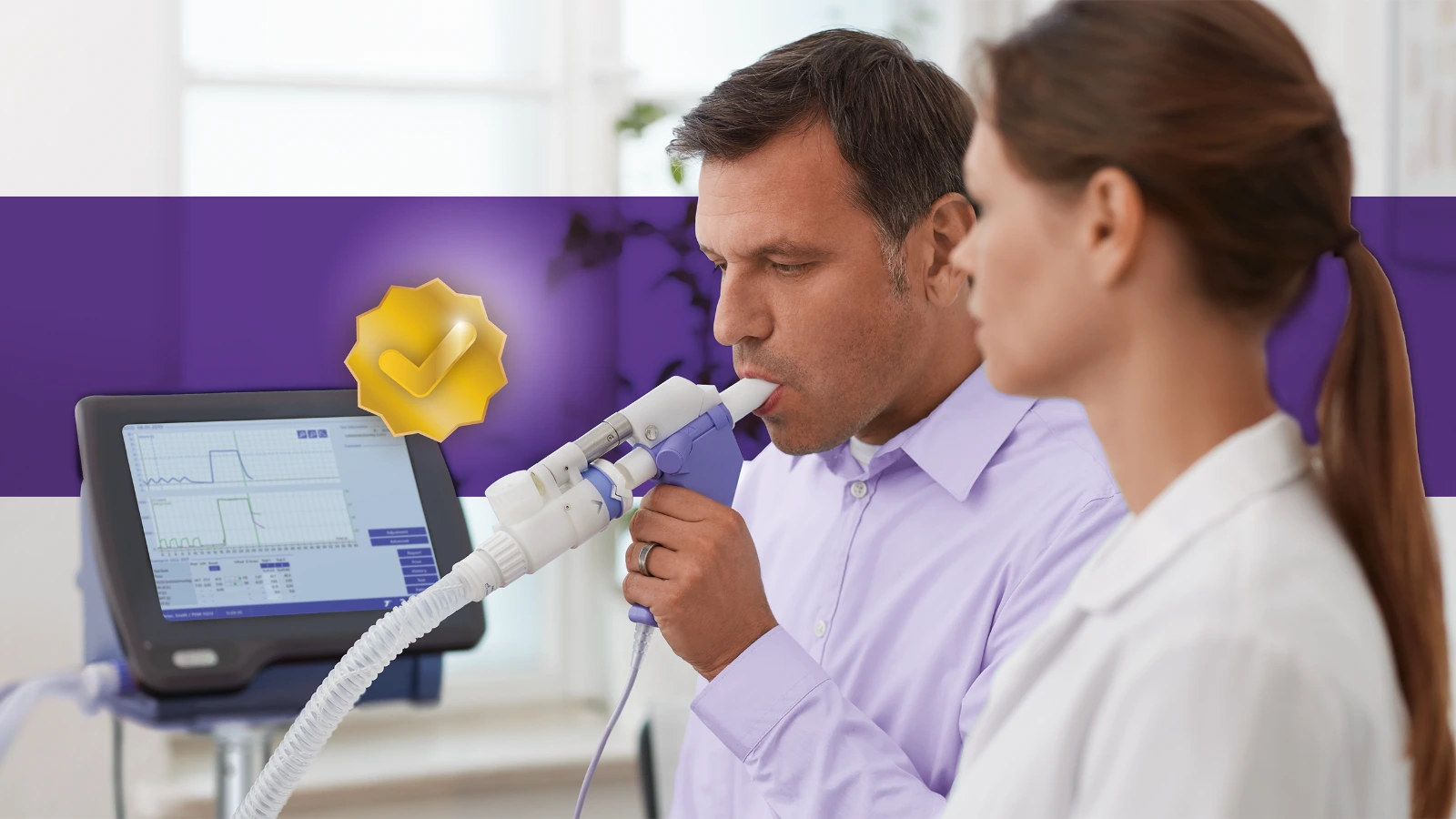
No, it’s been replaced by the EasyOne Pro. #
The body box has been considered the gold standard for PFT devices for decades. With its ability to measure lung volumes, total lung capacity (TLC) and functional residual capacity (FRC), respiratory professionals have trusted this device. However, as technology has advanced, faster, easier equipment has entered the space – while even increasing the quality of performance.
Today’s modern medical office requires diagnostic equipment that is consistent, portable, and user friendly while producing robust and reliable testing. The days of using bulky and labor-intensive equipment are simply no longer practical.
As such, questioning the dominance of the body box with pulmonary function testing is a fair and important way to consider your options. In the information below, we’ll explore the facts about PFT devices, what they are designed to measure, and why they are needed for optimal lung health testing. We will also examine the flexible and cost-effective solutions offered through ndd Medical Technologies.
An overview of the body box PFT #
The objective of a PFT device is to measure how well lungs are working. Spirometry serves a critical purpose in measuring lung function (with regards to the volume that can be inhaled or exhaled). However, it is unable to measure total lung capacity (TLC) or functional residual volume (FRC).
The body box is a complete pulmonary function testing solution that offers TLC and FRC measurements. However, it’s not without restrictions or shortcomings. Due to its underlying methodology, these measurements are difficult to control and require extensive calibration and quality control.
The fundamental problem of the body box is that from pressure changes in the huge body box (>800 Liters) very small volumes are being determined (TLC ~8 Liters). Small temperature and pressure changes in the huge volume of 800L lead to larger errors in the determination of the much smaller lung volumes.
Another problem of the body box is that TLC in obstructive patients is systematically overestimated1. Additionally, this device requires constant maintenance, calibration, and additional hygienic services.
Withstanding these shortcomings, and due to its significant history, many physicians still believe that the body box is the best way to measure lung function. Recent research suggests that the dominance of the body box needs to be reevaluated and questions whether body plethysmography should still be considered the preferred technique for a large majority of patients.1
Understanding the clinical value of diffusion capacity #
Although regional differences and preferences may vary, on average, diffusion capacity (DLCO) tests are performed five-times more often than traditional lung volume testing. It has also been shown recently that body plethysmography adds little value in the assessment of emphysema.
The following publication from May 2018 shows that the usefulness of body plethysmography in assessing the severeness of emphysema is inferior compared to the combination of spirometry and DLCO:
The publication assessed different combinations of measurements and compared them to the emphysema score derived by CT in 354 patients. The outcome of the study was that:
“There was no significant difference between the triple combination of spirometry/diffusing capacity/body plethysmography, and the dual combination of spirometry/diffusing capacity (p = 0.624). The triple combination was significantly better than each of the single assessments (p < 0.05 each). Moreover, body plethysmography was inferior to both spirometry and diffusing capacity (p < 0.05 each).”
Comparing different lung volume measurement techniques #
There are several methods and techniques used to measure lung volumes, including:
- Body box lung volumes (short: body)
- Single breathe helium dilution lung volumes (short: He/sb)
- Multiple breath nitrogen washout lung volumes (short: MBW)
- Multiple breathe helium dilution (short: He/mb)
Overestimation of Body Lung Volumes
A 2010 publication by Carl R. O’Donnell shows a comparison between Body, He/mb-dilution, and CT scanner. O’Donnell’s paper concludes that the body box is slightly overestimating lung volumes in obstructive patients and that He-dilution and CT-scan produce more accurate results.
As CT also includes trapped gas in the TLC, the reason for the higher body box volumes is not due to trapped gas, but instead comes from the measurement assumption that the pressure at the mouth equals the pressure at the “end” of the lung, this is not true for very obstructive patients even at a low panting frequency.
Physicians often derive the amount of trapped gas by taking the TLC from the body box, minus TLC from He/mb dilution (taking into consideration the overestimation of TLC (body) concerning the obstruction of the patient and considering that the amount of overestimation is in the range of liters). As the overestimation of the body box is in the same range of volume as the trapped gas itself, it is more likely that instead of trapped gas, the measurement error of the body box is assessed when subtracting TLC/mb dilution from TLC (body).

Average TLC by technique among all subjects. T bars indicate SDs. (O’Donnell, 2010)
Single Breath He Dilution Lung Volumes (He/sb)
The single breath He-dilution follows the same principle as the multiple breaths He dilution and produces comparable results in healthy patients. In patients with high obstruction, the He/sb does not disperse equally in the lung in a single breath. This makes the test slightly underestimate the actual lung volume.
To address this issue, the 2017 DLCO standard changed the procedure requiring a full exhalation, which allows for comparable results even in a single breath. Single breath He-dilution, according to the old DLCO standard, offers a measurement that similarly underestimates lung volumes (as the body box overestimates them). With the new DLCO standard, lung volumes become more accurate than the body lung volumes. He/sb lung volumes offer an excellent compromise between accuracy and time.
Multiple Breath Nitrogen Washout Lung Volumes (MBW)
Multiple Breath Nitrogen Washout (MBW) does not have the limitations of single breathe helium dilution but is comparable to the consistent results received from multiple breath helium dilution. This method, as well as multiple breath He-dilution, offers the most accurate lung volumes but takes significantly more time than He/sb or body lung volumes.
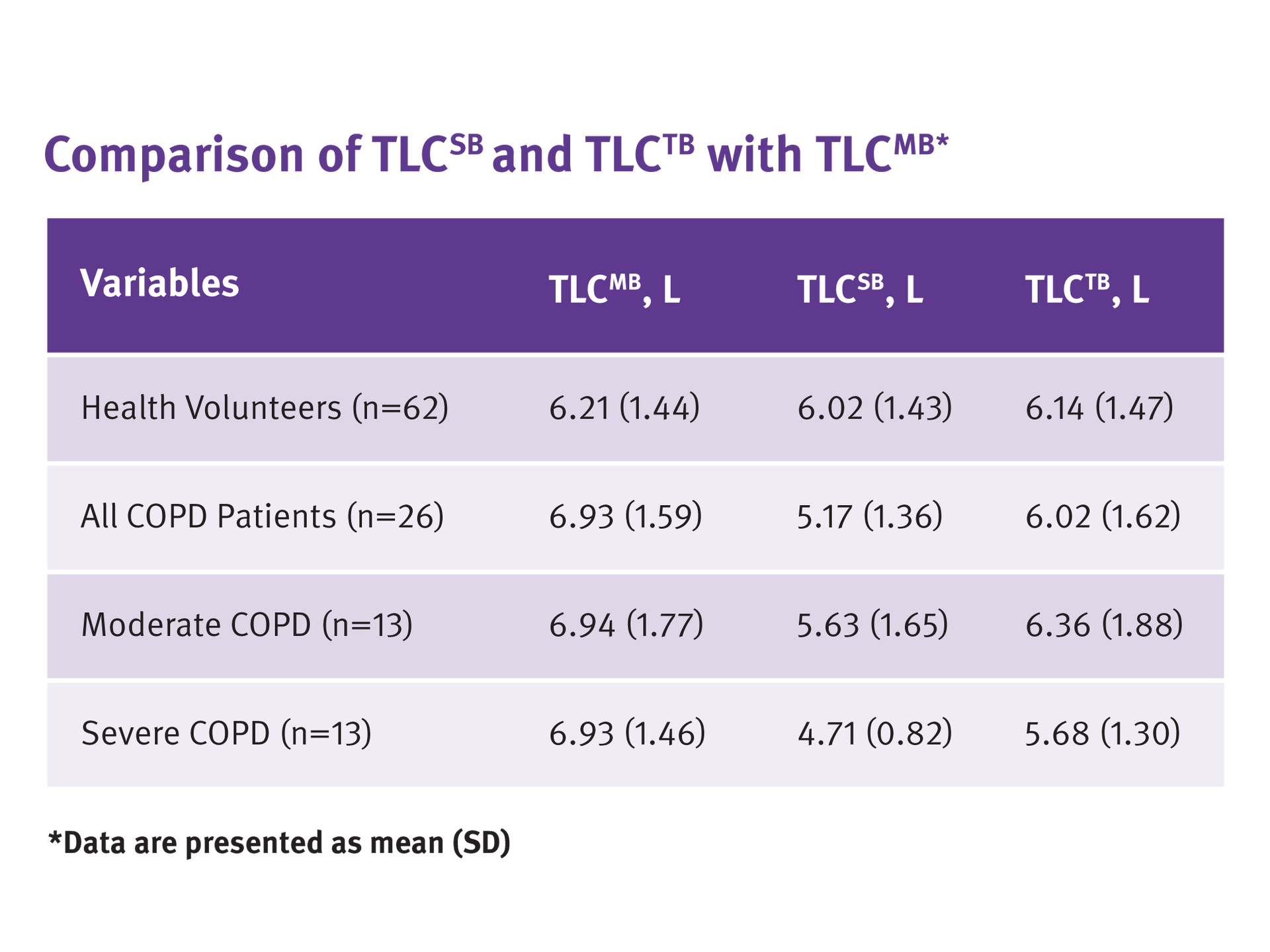
(Horstman, 2007)
The competitive advantage of the EasyOne Pro #
As the data posted above verifies, the best way to achieve more robust and consistent total lung volume testing is through DLCO and MBW. These are two lung volume measurements that produce the most accurate results. The EasyOne Pro line of PFT devices permits health professionals to achieve quicker, more accurate, and cost-effective lung volume testing – with the flexibility of portability and ease-of-use.
The body box has been a dependable and reliable solution for completing lung volume testing, helping to diagnose millions of patients with chronic respiratory disease. However, technology and ingenuity have introduced superior, more effective, and easier to use PFT devices.
If you are searching for a better and cost-effective alternative to outdated PFT solutions, explore the advantages offered through the EasyOne Pro product line by clicking below.


EasyOne Pro
Portable DLCO, Lung Volumes and Spirometry
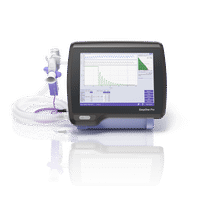
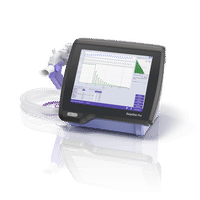
EasyOne Pro LAB
Portable DLCO, MBW, Lung Volumes, LCI and Spirometry

